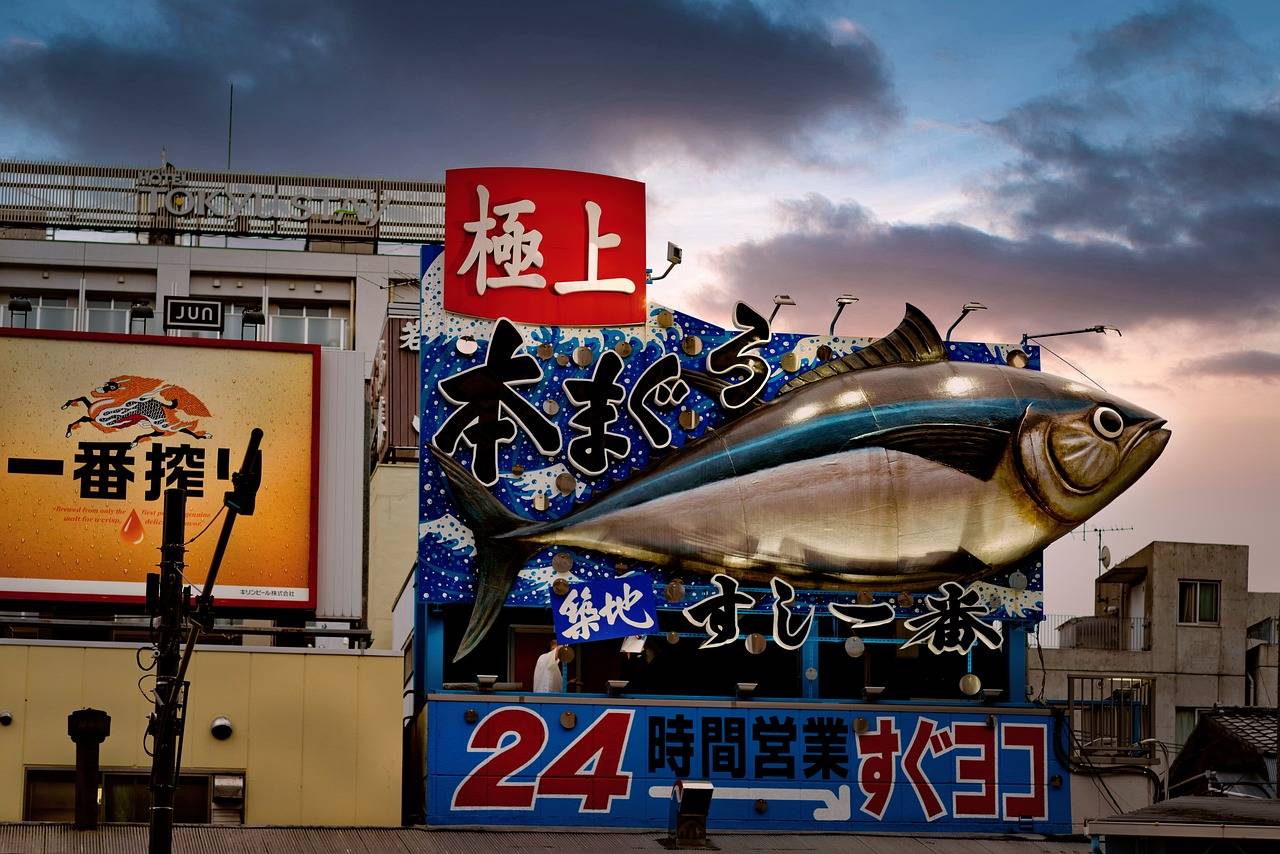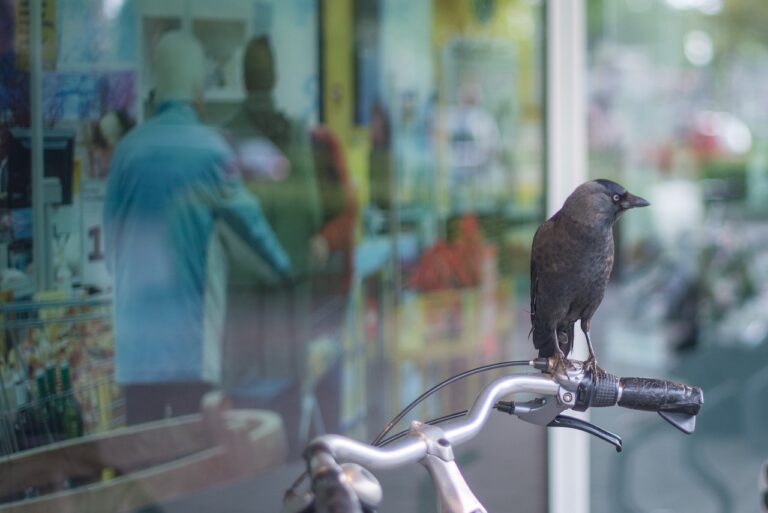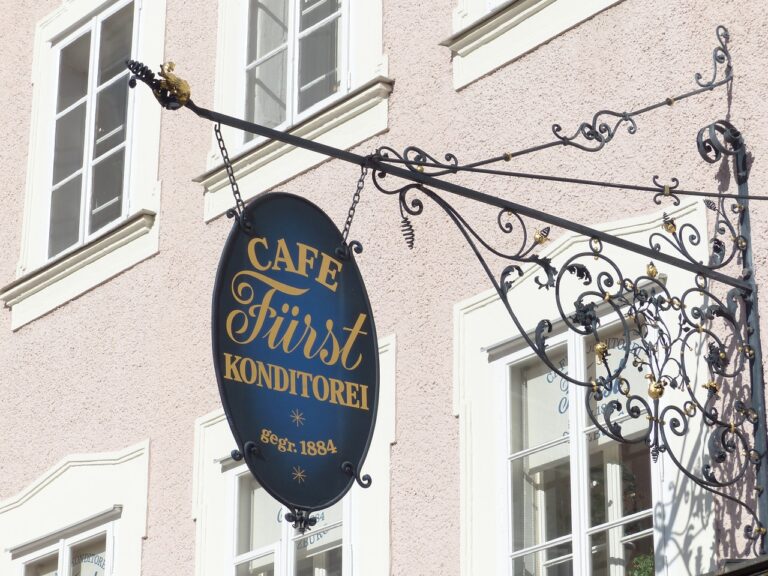The Evolution of Shopping Malls: From Retail Centers to Mixed-use Developments
Modern shopping spaces have undergone a significant evolution over the years. What once primarily consisted of standalone stores and small marketplaces has now transformed into sprawling shopping complexes and vibrant retail hubs. The shift towards larger, more diverse shopping spaces has been driven by changing consumer preferences and the need for a more integrated shopping experience.
Traditional shopping spaces focused more on individual transactions, with separate stores catering to specific needs. However, the evolution of shopping environments has seen a departure from this compartmentalized approach towards a more holistic shopping experience. Today, shoppers are looking for a one-stop destination that not only offers a wide range of products but also provides entertainment, dining options, and interactive experiences.
Transformation of Retail Environments
Retail environments have undergone significant changes in recent years, adapting to the evolving needs and preferences of consumers. Traditional enclosed shopping malls, once bustling hubs of activity, are now facing challenges in attracting shoppers due to the rise of online shopping and changing consumer behavior. As a result, retailers are reimagining their spaces to create more interactive and engaging experiences for customers.
One key trend in the transformation of retail environments is the shift towards mixed-use developments, where shopping centers are integrated with residential, office, and entertainment spaces. This blending of different functions not only maximizes the use of space but also creates vibrant, dynamic environments that appeal to a diverse range of people. By offering a variety of services and amenities in one location, these mixed-use developments are able to draw in visitors and create a sense of community and liveliness.
Shift towards Mixed-use Developments
In recent years, there has been a noticeable shift towards mixed-use developments in urban planning and real estate projects. These developments combine various functions such as residential, commercial, and recreational within the same space, creating a vibrant and dynamic environment for both residents and visitors. This trend has gained popularity due to its ability to create a sense of community, promote walkability, and maximize land use efficiency.
Mixed-use developments offer a range of benefits, including increased foot traffic for retail spaces, enhanced convenience for residents, and a more sustainable use of resources. By integrating different uses in one location, developers are able to create cohesive and engaging spaces that cater to the diverse needs of modern society. In addition, mixed-use developments contribute to the revitalization of urban areas, fostering economic growth and fostering a sense of place for all who interact with these multifaceted environments.





